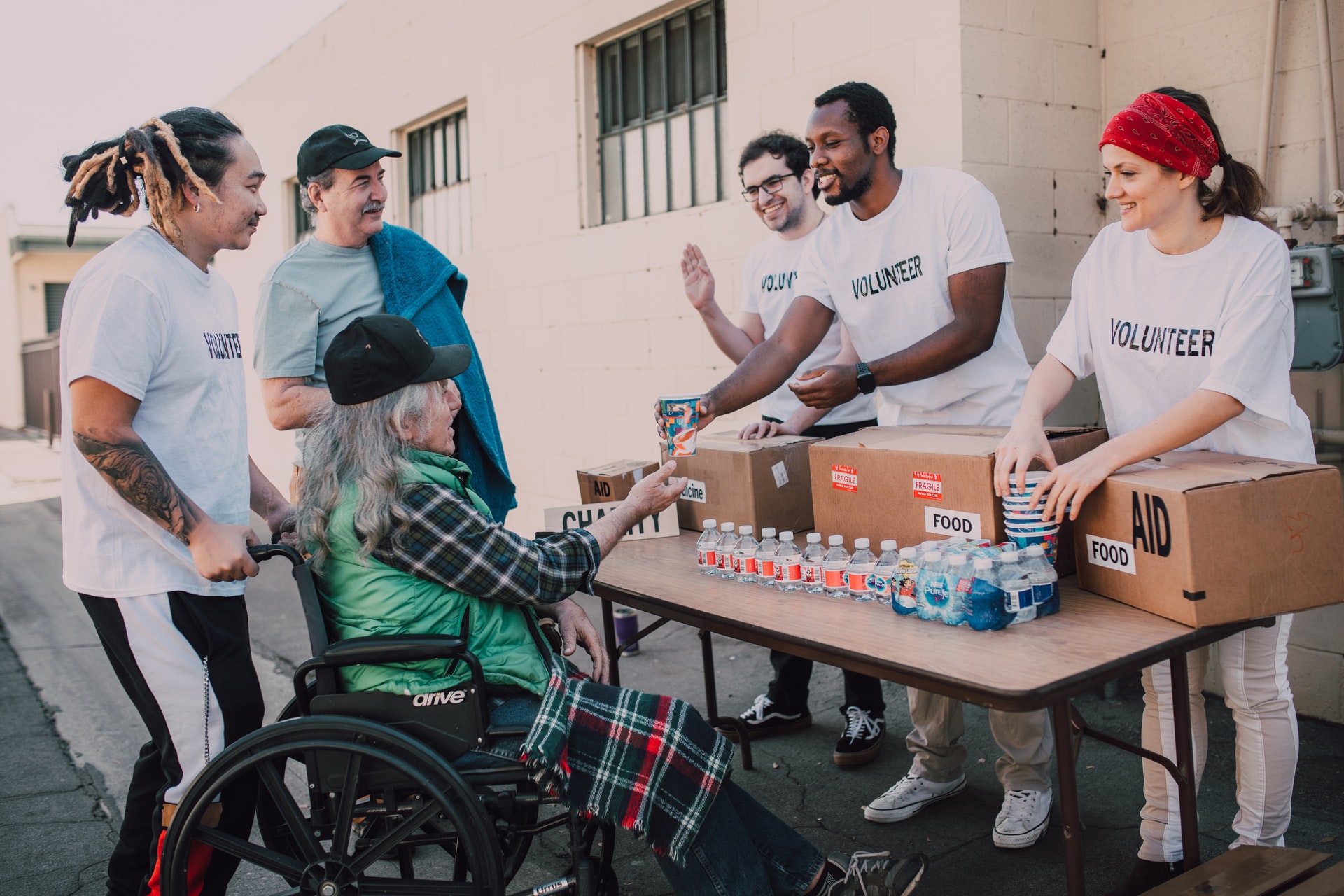Restructure Your Organization to Really Advance Racial Justice
The USA is at a turning point, and the world is seeing. The murder of George Floyd, the murders of Breonna Taylor, Ahmaud Arbery, and many others has actually stimulated an outpouring of sorrow and activism that’s catalyzed protests in all 50 states and around the world. For equality, diversity, and inclusion, the increase of interest from organizations that wish to both support their Black employees and workforce around bigotry, predisposition, and inclusivity is unmatched. Plus, all of this is happening in the middle of the coronavirus pandemic, which is also having an outsized impact on Black people in domains varying from health to work. Just a couple of weeks ago the restraints of the pandemic were even threatening corporate efforts. For more info - Lots of organizations have made their donations. Sent their tweets. Hosted their city center. DEI spending plans that had actually vanished are now back. What should come next? Business can do a couple of virtual trainings and default back to the status quo or they can recognize that the racial predisposition driving the injustices they and most of Americans now care about also plays out within their own companies. Organizations that choose the latter then must respond to an essential question: How will they reorganize their offices to really advance equity and inclusion for their Black employees? It is appealing to think that the broad recognition of injustice and resulting activism is enough to bring change to organizations. But significant and long-lasting action to develop an anti-racist workplace needs strategic vision and intent. Organizations that are really committed to racial equity, not just in the world around them, but also within their own workforces, must do 3 things. Get details: - Buy (the Right) Staff Member Education The U.S. has a complicated history with how we speak about slavery and how it contributes to diverse outcomes for Black people (including wealth build-up, access to quality healthcare and education, and equity in policing) and the consistent homogeneity at the highest levels of corporate organizations. One effect of avoiding this painful, yet fundamental, part of American history is drastically different understandings particularly in between white and Black Americans about just how much development we have made towards racial equality. And yet, study after study shows that informing white Americans about history and about Black Americans’ present experiences increases awareness of predisposition and assistance for anti-racist policies. But far frequently, the obligation of doing this education falls to Black employees (who are, to be clear, far too tired from navigating the occasions of the last several weeks, in addition to the lifelong effects from systemic inequities, to respond to all your well-meaning questions). White employees and others can take private obligation for their own education by taking advantage of the wealth of resources others have compiled. Organizations must also take seriously their role in informing employees about the truths and inequities of our society, increasing awareness and offering strategies for the private accountability and structural changes needed to support inclusive offices. There’s no one-size-fits-all answer to what sort of training or education will work best. It depends upon the objectives of the company and where it is on its journey to racial equity. Here are some locations of focus companies can consider. Initially, training on allyship can inspire employees to be more effective at calling attention to predisposition, which can result in a more inclusive environment for their Black coworkers. Next, leaders ask me every day how they can authentically discuss these concerns with their groups and how they can meaningfully show their assistance for Black Lives Matter internally and externally: For those executives, itis essential to discuss how to advance justice as a leader. Finally, while the protests have accentuated the systemic bigotry and injustices Black people face in the U.S., we still have a lot of work to do to clarify the perilous biases that weaken the everyday experiences of Black Americans in the workplace. Unconscious predisposition training is another tool to have in the organizational tool kit. Designed efficiently, unconscious predisposition training can equip people with skills for minimizing the role of predisposition in their everyday choices and interactions. There are many other subjects and approaches to this sort of education, and organizations will need to discover the right partners and experts to establish the content and shipment method that will yield development. For leadership training: - Develop Connection and Community Individuals do their finest work when they feel a sense of belonging at work, and 40 percent of employees feel the best sense of belonging when their coworkers sign in on them. But conversations about race-related subjects are infamously anxiety-provoking: Non-Black employees might navigate these feelings by avoiding conversations about the protests and then miss out on ways they could show assistance to their Black coworkers. This avoidance is amplified by the fact that numerous organizations that are now mainly, or completely, remote due to the pandemic. For Black employees who might have already seemed like the “others” in organizations where those in power are mostly white and male, this failure to deal with and discuss the present moment and its implications might cause irreversible harm. To combat this, organizations must focus on genuine connection throughout all levels: Leaders need to directly deal with the company and clearly support racial justice. Managers need to be empowered to have conversations with their Black employee. Individuals need to be equipped to be effective allies. And companies need to do all of this on their Black employees’ terms. Exceeding Recruiting and Hiring Education and developing neighborhood are instant actions companies can require to develop more inclusive environments, but for real equity, those companies also need to evaluate and change their organizational processes to close spaces Black employees face compared to their equivalents. Hiring and employing are typically the first places organizations begin when considering racial equity. While determining how to get Black employees in the door of your company is very important, focusing on how to keep them there and grow them into leadership roles is even more essential. Organizations should be measuring the outcomes of all of their people practices from hiring and employing to promos, compensation, and attrition to evaluate where racial variations exist. Two examples are particularly significant today: assigning work and efficiency management. Even under typical scenarios, assigning work is laden with racial predisposition: Employees of color are expected to repeatedly show their abilities while White employees are more likely to be evaluated by their expected potential. Now, as many organizations aim to give Black employees brand-new versatility and space to process trauma and look after themselves, they need to be careful not to let those biases reemerge around who gets what task. Managers must not make unilateral choices about which jobs their Black employees must and must refrain from doing throughout this time, which would dangers an completely brand-new uneven circumstance where Black employees need to once again “show” their worth or preparedness in order to make high-visibility chances. Rather, managers must team up with their Black employees, providing a option around how they wish to be supported in the coming days and weeks. Critically, organizations need to be sure not to penalize those choices when the time comes for efficiency evaluations. The unpredictability triggered by the shift to remote work had actually already caused a lot of disorganized changes to efficiency management processes, and it remains to be seen what further changes this social motion may bring. Nevertheless, without any structure, managers and organizations might discover that, come time for efficiency evaluations, they have forgotten about the outsized impact this time is having on Black employees. What organizations must be thinking about today is how they can map their approach to efficiency management at a similar speed to how the world is altering. Instead of annual or biannual check-ins, setting weekly or monthly objectives might be better approaches to making sure success for Black employees. While a few of these changes might seem incremental, informing employees on ideas like allyship and justice, embracing genuine communication and connection, and re-designing systems and processes to lower racial variations are still radical changes for many organizations. And this is just the beginning of re-envisioning how to develop a varied, equitable, and inclusive workplace that really supports Black employees. Just like the USA itself, organizations are dealing with a turning point: Use this time to evaluate what fundamental changes are required to deal with systemic inequities and barriers to inclusion, or let this moment pass with little bit more than positive intents and thoughtfully crafted emails. Those that are really moved by the injustices that have been laid bare will not just support protestors and stand with the Black neighborhood, they will also take concrete and swift action to advance justice in their own companies.


